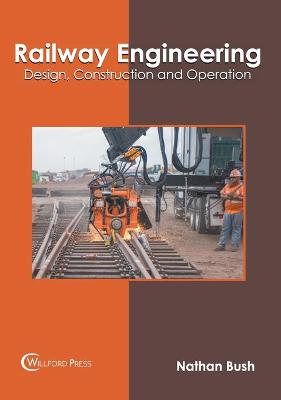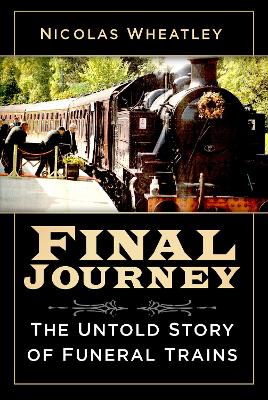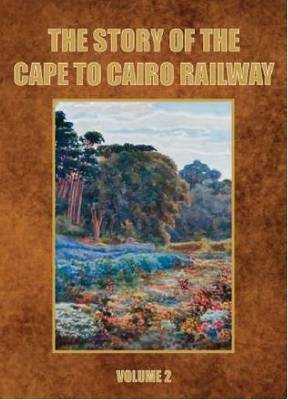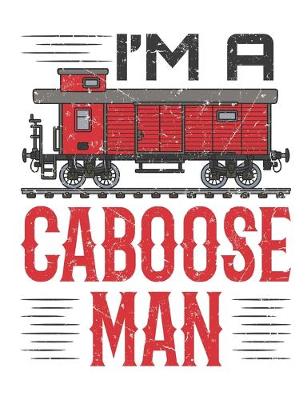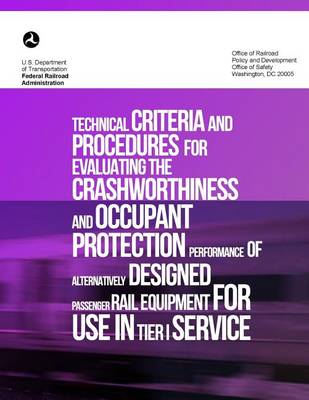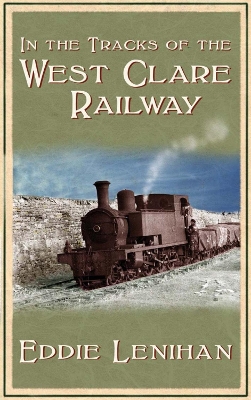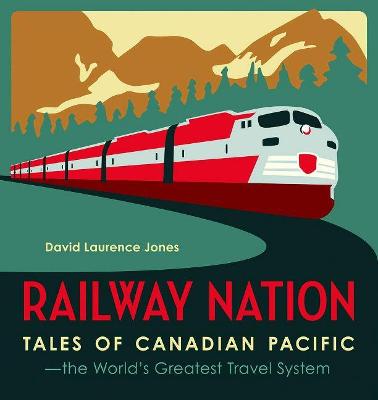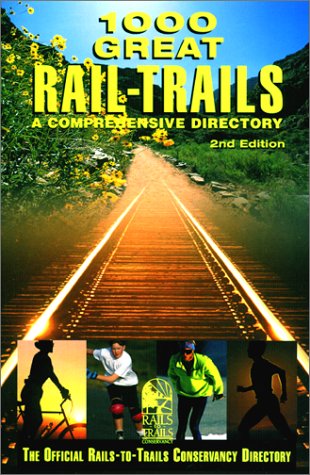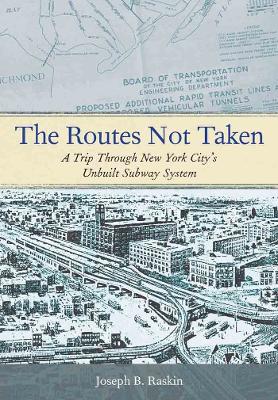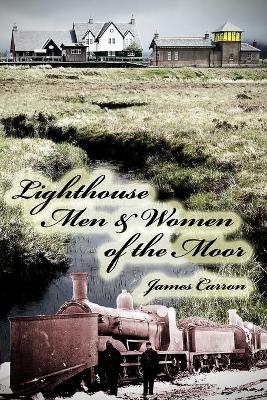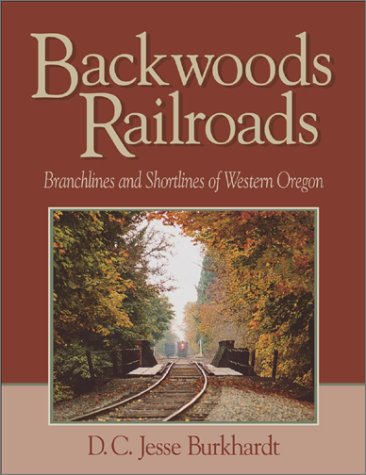The Liveries of the B.R. Standard Diesel Electric Shunters in Colour (1952-1996)
by Steven Dennis Jordan
This new history reveals the previously untold story of why and how trains have been used to transport the dead, enabling their burial in a place of significance to the bereaved. Profusely illustrated with many images, some never previously published, Nicolas Wheatley’s work details how the mainline railways carried out this important yet often hidden work from the Victorian age to the 1980s, as well as how ceremonial funeral transport continues on heritage railways today. From royalty, aristocr...
The Story of the Cape to Cairo Railway and River Route (The Story of the Cape to Cairo Railway and River Route)
Although trains are unlikely to ever again run between Ennis and Kilkee, the legend of this little branch line of the southern railway system will live on as long as there are people who look back fondly on the past. Anyone with even a superficial acquaintance with Clare will know what a wealth of varied scenery it contains, together with abundant archaeological sites and historical remains spanning over 5,000 years of human habitation. Not least of these are the earthworks of the West and South...
Scientific Management and Railroads - Scholar's Choice Edition
by Louis D Brandeis
1000 Great Rail-Trails, 2nd (1000 Great Rail-Trails)
by Rails-To-Trails Conservancy
1000 Great Rail-Trails: A Comprehensive Directory is a complete listing of every rail-trail available for public use in the United States and is the official directory of the Rails-to-Trails Conservancy. Whether you walk, use a wheelchair, bike, skate, ride horses, or cross-country ski, you'll find rail-trails right for you in this book.
Financing India's Imperial Railways, 1875 1914 (Perspectives in Economic and Social History, #14)
by Stuart Sweeney
The Indian railway network began as a liberal experiment to promote trade and commerce, the distribution of food and military mobility. Sweeney's study focuses on Britain's largest overseas investment project during the nineteenth century, offering a new perspective on the Anglo-Indian experience.
Robert A. Van Wyck, mayor of the greater city of New York, broke ground for the first subway line by City Hall on March 24, 1900. It took four years, six months, and twenty-three days to build the line from City Hall to West 145th Street in Harlem. Things rarely went that quickly ever again. The Routes Not Taken explores the often dramatic stories behind the unbuilt or unfinished subway lines, shedding light on a significant part of New York City's history that has been almost completely ignored...
Automation of Soviet Railroads

